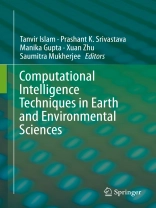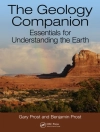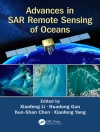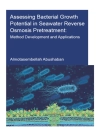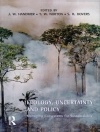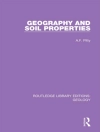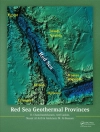Computational intelligence techniques have enjoyed growing interest in recent decades among the earth and environmental science research communities for their powerful ability to solve and understand various complex problems and develop novel approaches toward a sustainable earth. This book compiles a collection of recent developments and rigorous applications of computational intelligence in these disciplines. Techniques covered include artificial neural networks, support vector machines, fuzzy logic, decision-making algorithms, supervised and unsupervised classification algorithms, probabilistic computing, hybrid methods and morphic computing. Further topics given treatment in this volume include remote sensing, meteorology, atmospheric and oceanic modeling, climate change, environmental engineering and management, catastrophic natural hazards, air and environmental pollution and water quality. By linking computational intelligence techniques with earth and environmental science oriented problems, this book promotes synergistic activities among scientists and technicians working in areas such as data mining and machine learning. We believe that a diverse group of academics, scientists, environmentalists, meteorologists and computing experts with a common interest in computational intelligence techniques within the earth and environmental sciences will find this book to be of great value.
Daftar Isi
Chapter 1: Computational intelligence techniques and applications.- Chapter 2: Vector Autoregression (VAR) Modeling and Forecasting on Temperature, Humidity and Cloud Coverage.- Chapter 3: Exploring the Behavior and Changing Trends of Rainfall and Temperature using Statistical Computing Techniques.- Chapter 4: Time Series Model Building and Forecasting on Maximum Temperature Data.- Chapter 5: GIS Visualization of Climate Change and Prediction of Human Responses. Chapter 6: Markov Chain Analysis of Weekly Rainfall Data for Predicting Agricultural Drought.- Chapter 7: Forecasting tropical cyclones in Bangladesh: a Markov renewal approach.- Chapter 8: Performance of Wavelet Transform on Models in Forecasting Climatic Variables.- Chapter 9: Analysis of Inter-annual Climate Variability Using Discrete Wavelet Transform.- Chapter 10: Modelling of suspended sediment concentration carried in natural streams using fuzzy-genetic approach.- Chapter 11: Prediction of local scour depth downstream of bed sills using soft computing models.- Chapter 12: Evaluation of wavelet-based denoising approach in hydrological models linked to Artificial Neural Networks.- Chapter 13: Evaluation of Mathematical Models with utility Index: A Case Study from Hydrology.
Tentang Penulis
Dr. Tanvir Islam is working as a post-doctoral scientist with CIRA/CSU at the NOAA/NESDIS Center for Satellite Applications and Research (STAR), College Park, MD, USA. Before joining NOAA/NESDIS, he worked as a visiting scientist/research collaborator at the University of Tokyo, Japan. He finished his Ph D from the Department of Civil Engineering, University of Bristol, UK. Dr. Prashant K. Srivastava worked as an assistant professor in Environmental Sciences at Sardar Patel University, Anand, Gujarat, India from June 2007 to Sep 2010. He finished his Ph D under commonwealth plan in Remote Sensing from Department of Civil Engineering, University of Bristol, U.K. Currently, he is working as a research scientist for the SMAP satellite soil moisture retrieval at ESSIC/NASA Goddard Space Flight Center, Maryland, USA. Dr. Manika Gupta completed her Ph D in Geo-Environmental pollution at the Department of Civil Engineering, IIT Delhi, India. Currently, she is working as a research consultant for satellite based slum area delineation. Dr. Xuan Zhu is a senior lecturer and director of the Centre for GIS at Monash University. Dr Zhu’s areas of expertise include GIS theory, techniques and applications, decision support systems for regional sustainable development and environmental decision analysis and modelling. Dr. Saumitra Mukherjee is a professor in Geology & Remote sensing, School of Environmental sciences, Jawaharlal Nehru University, New Delhi.
